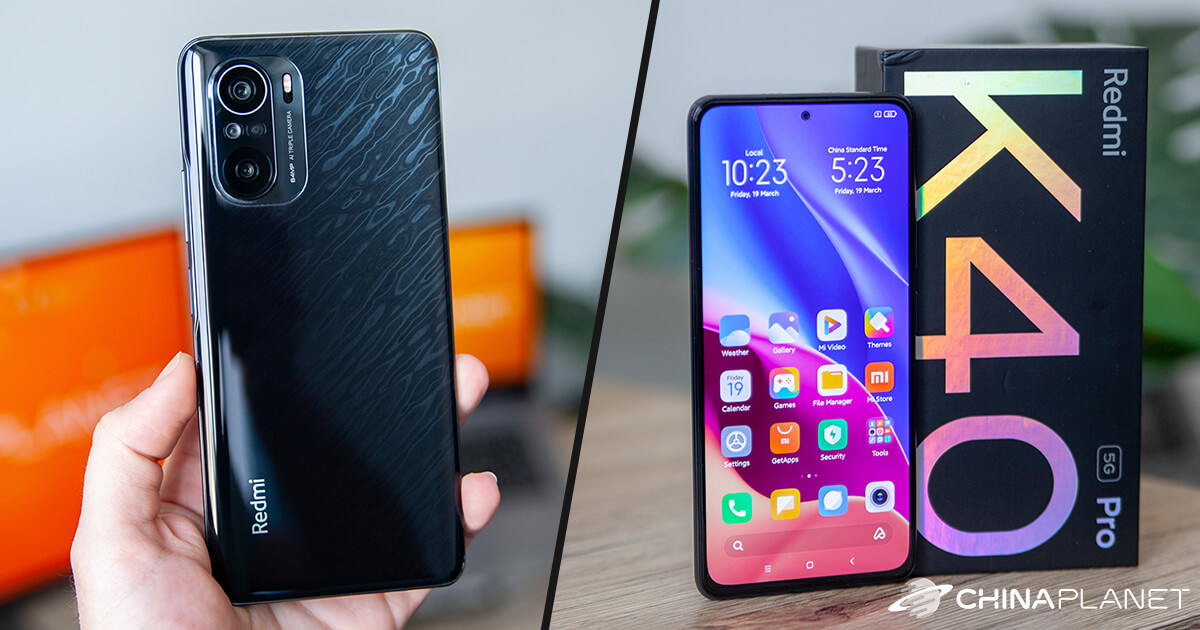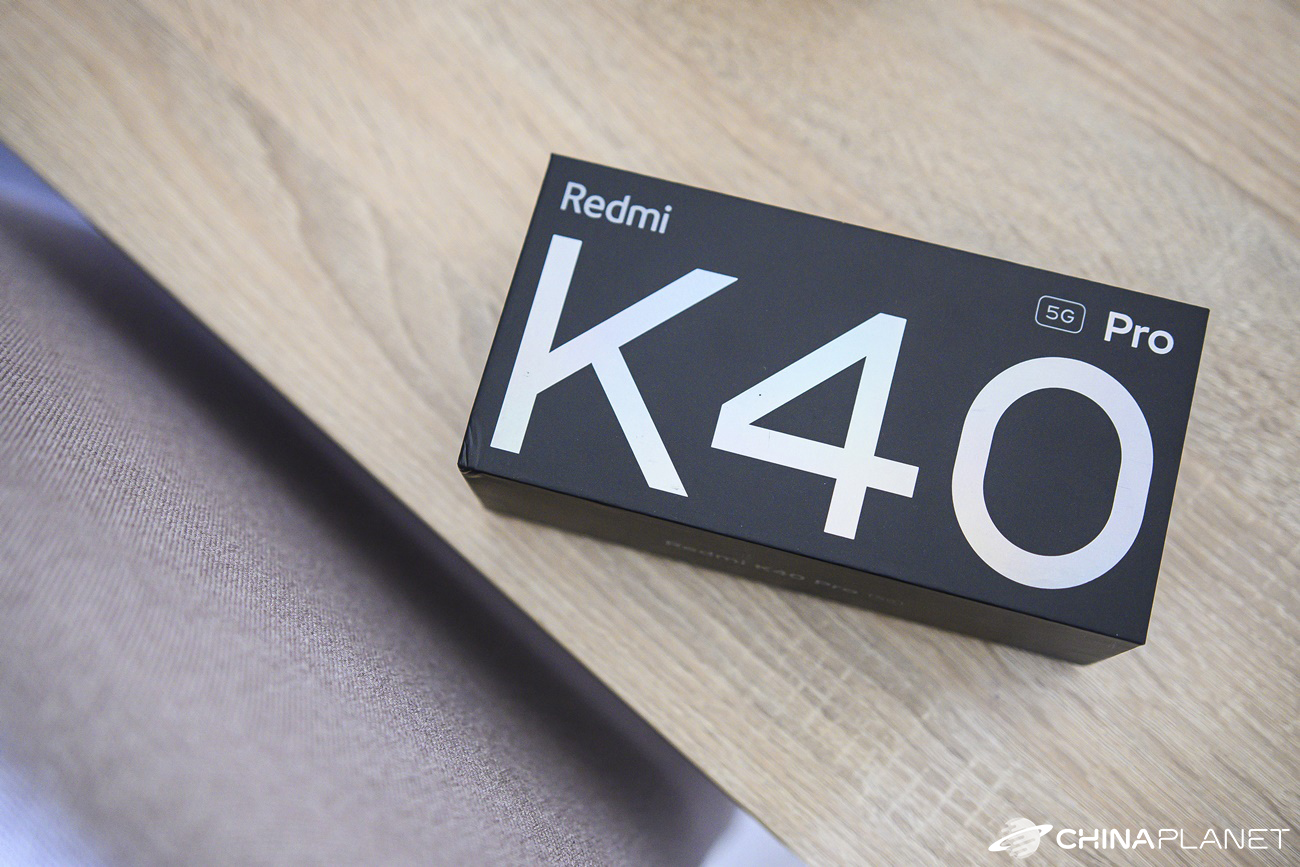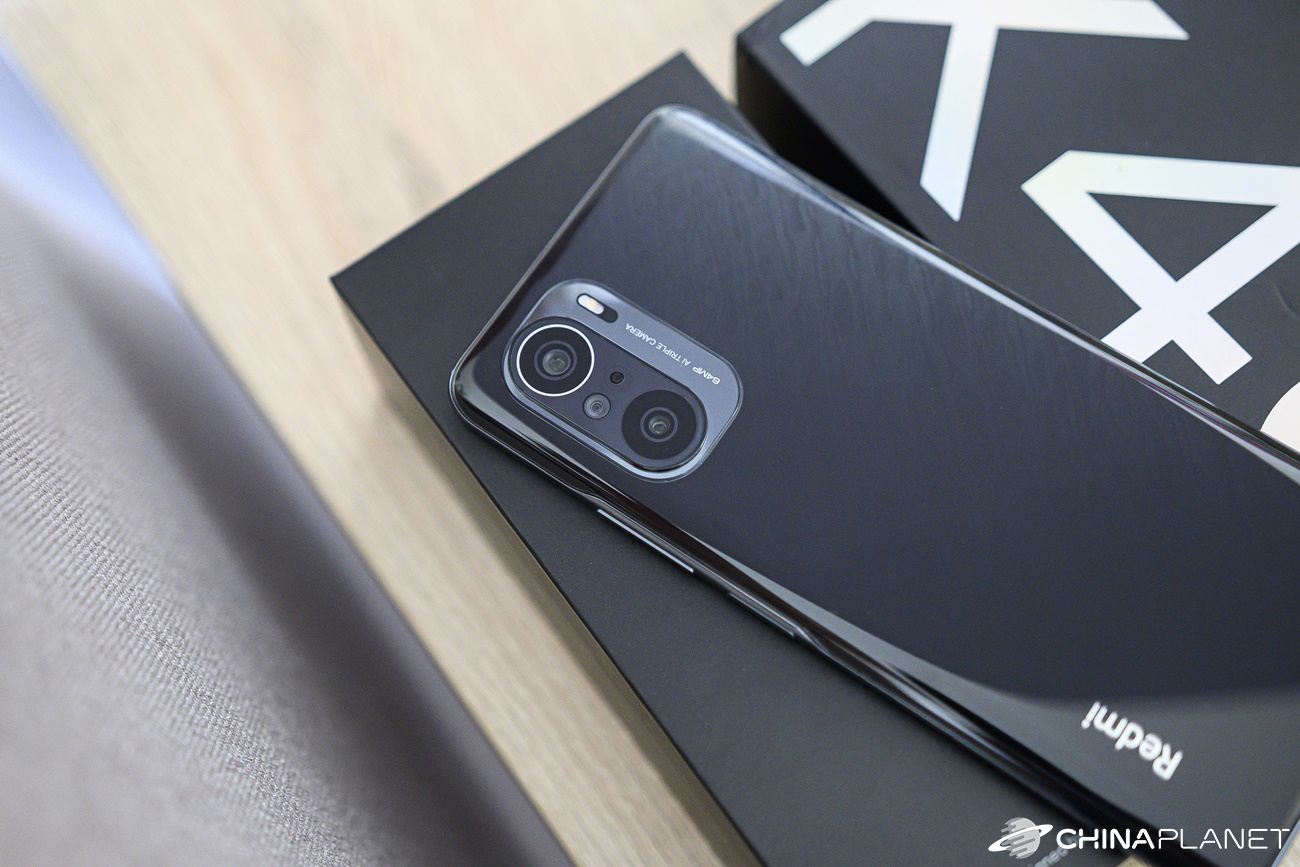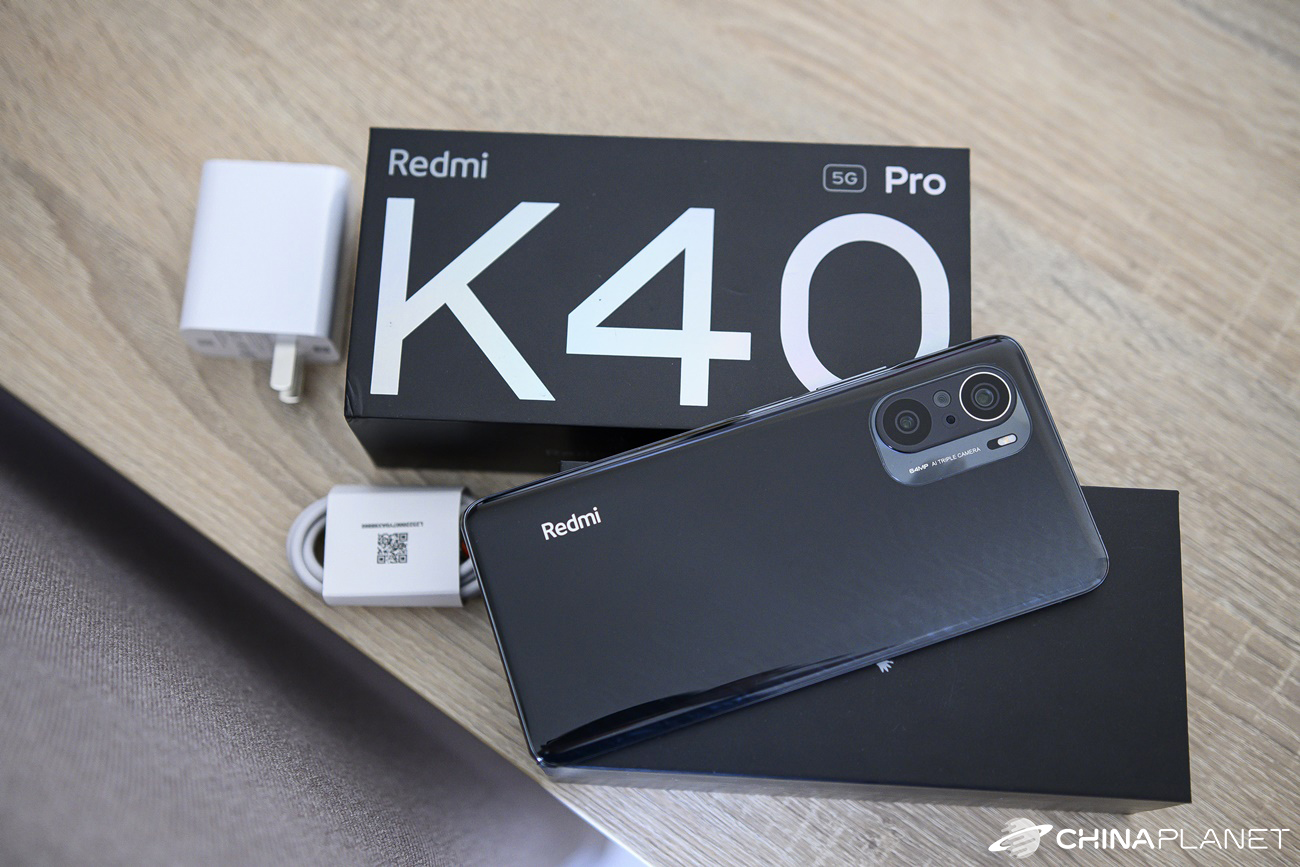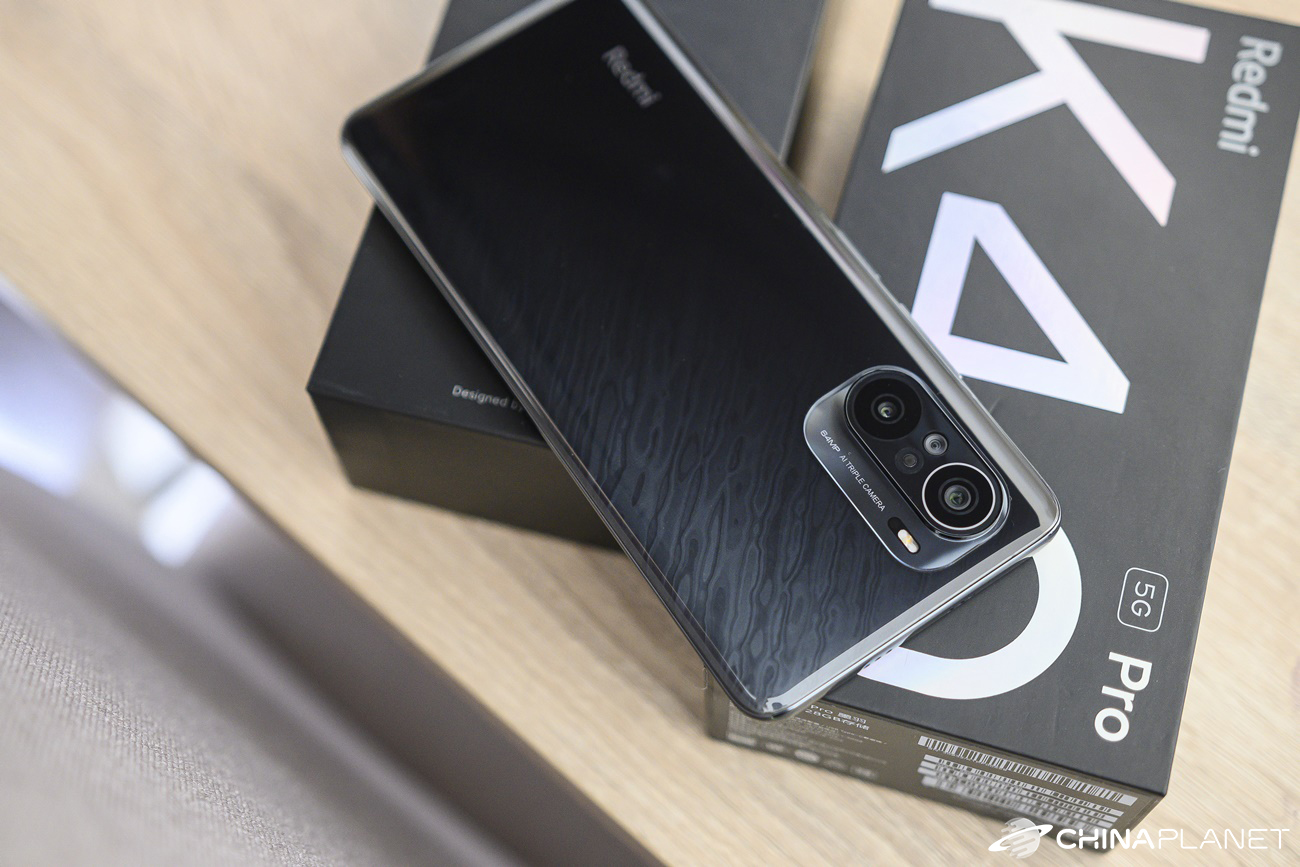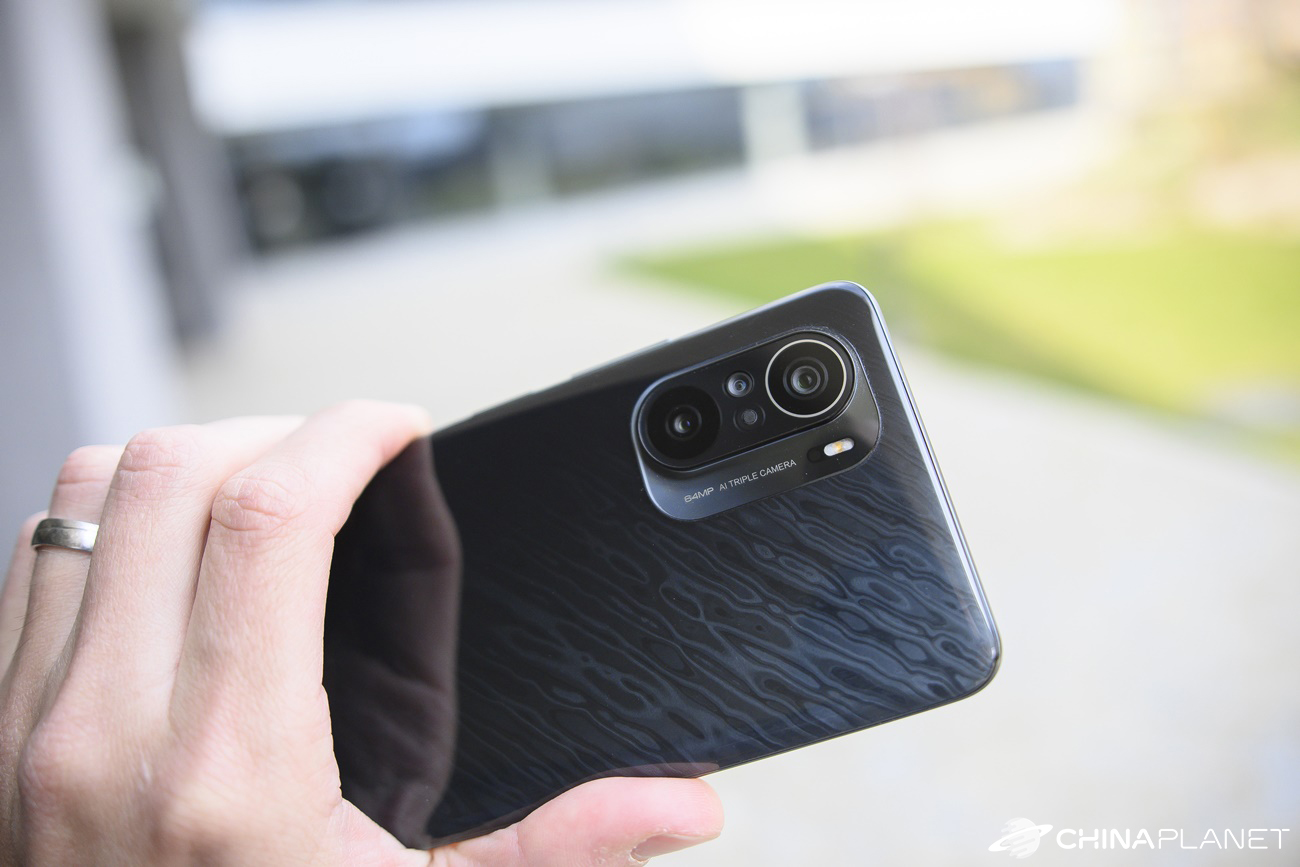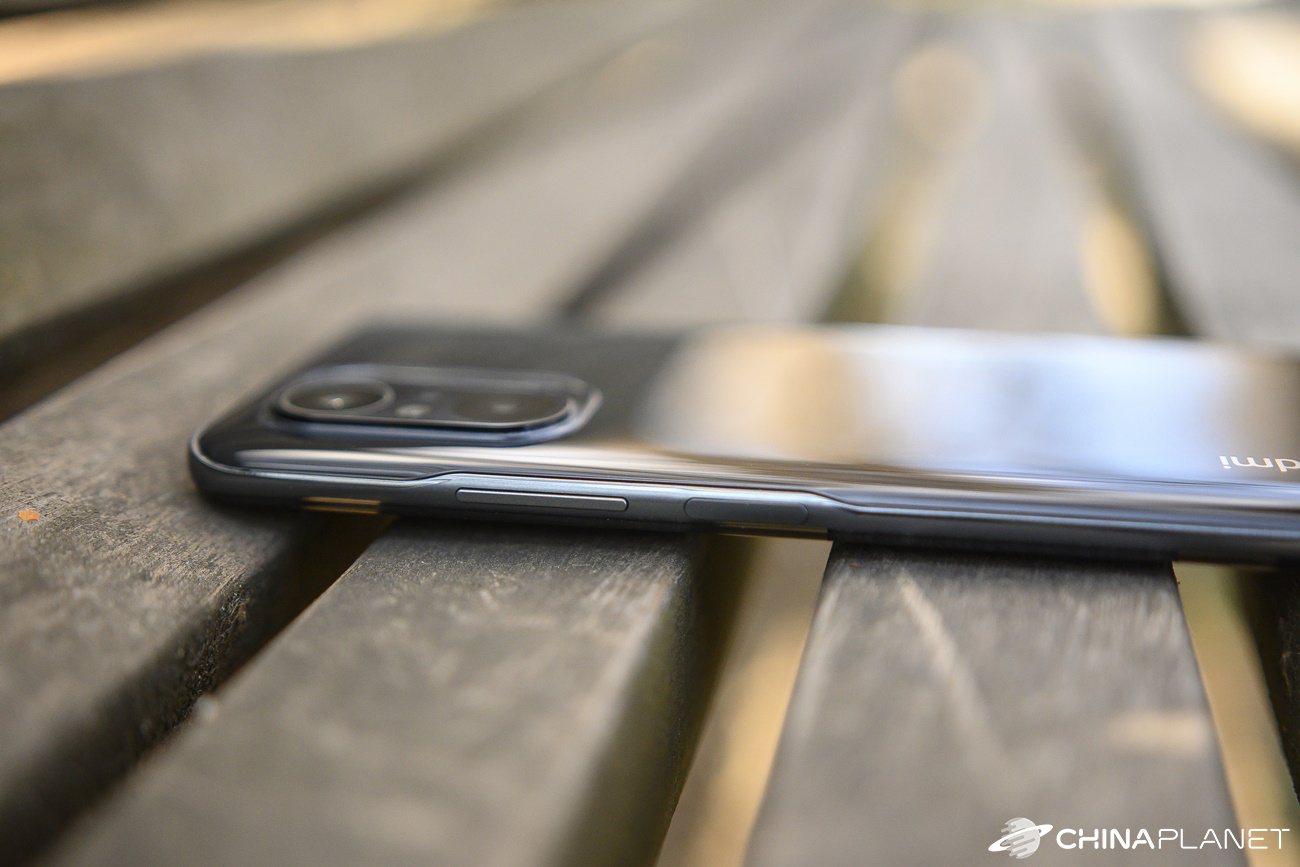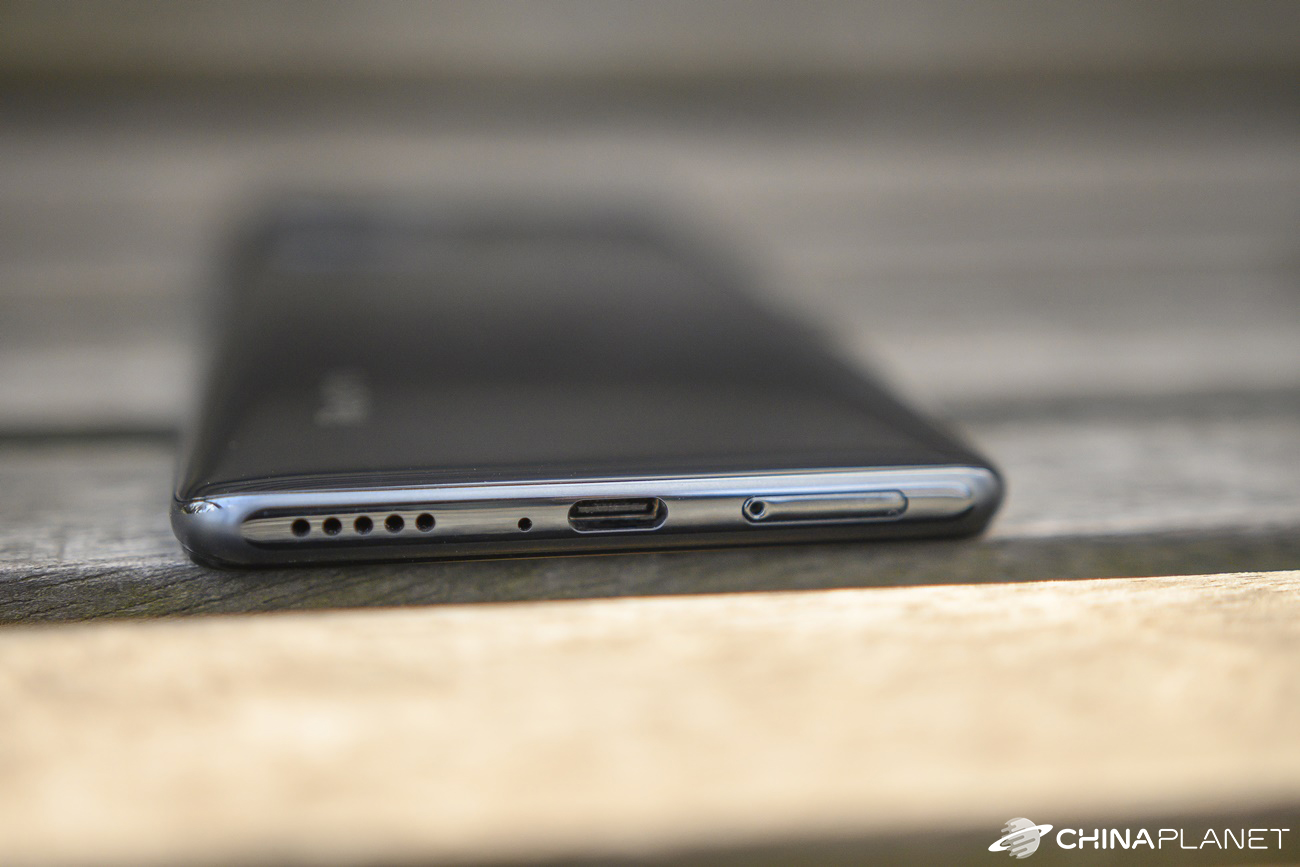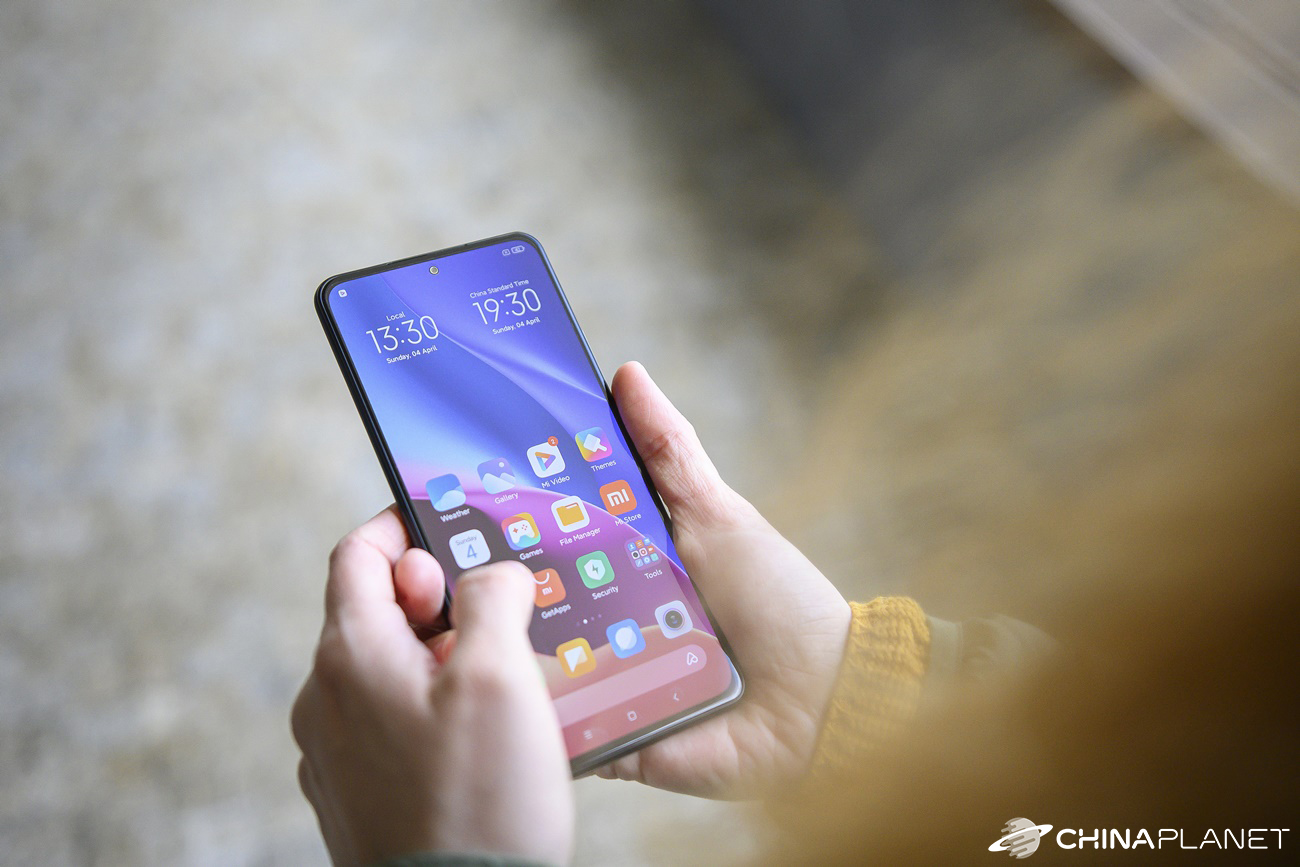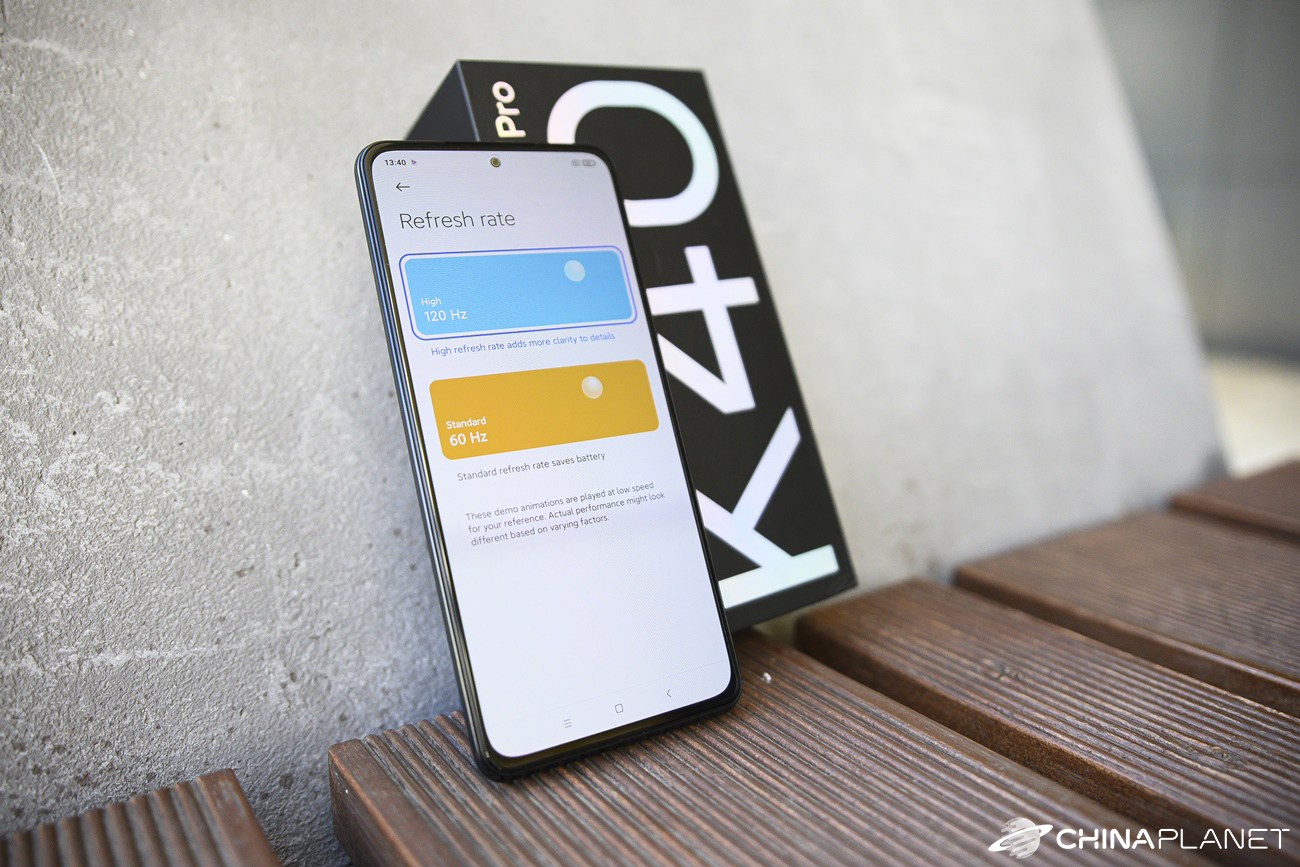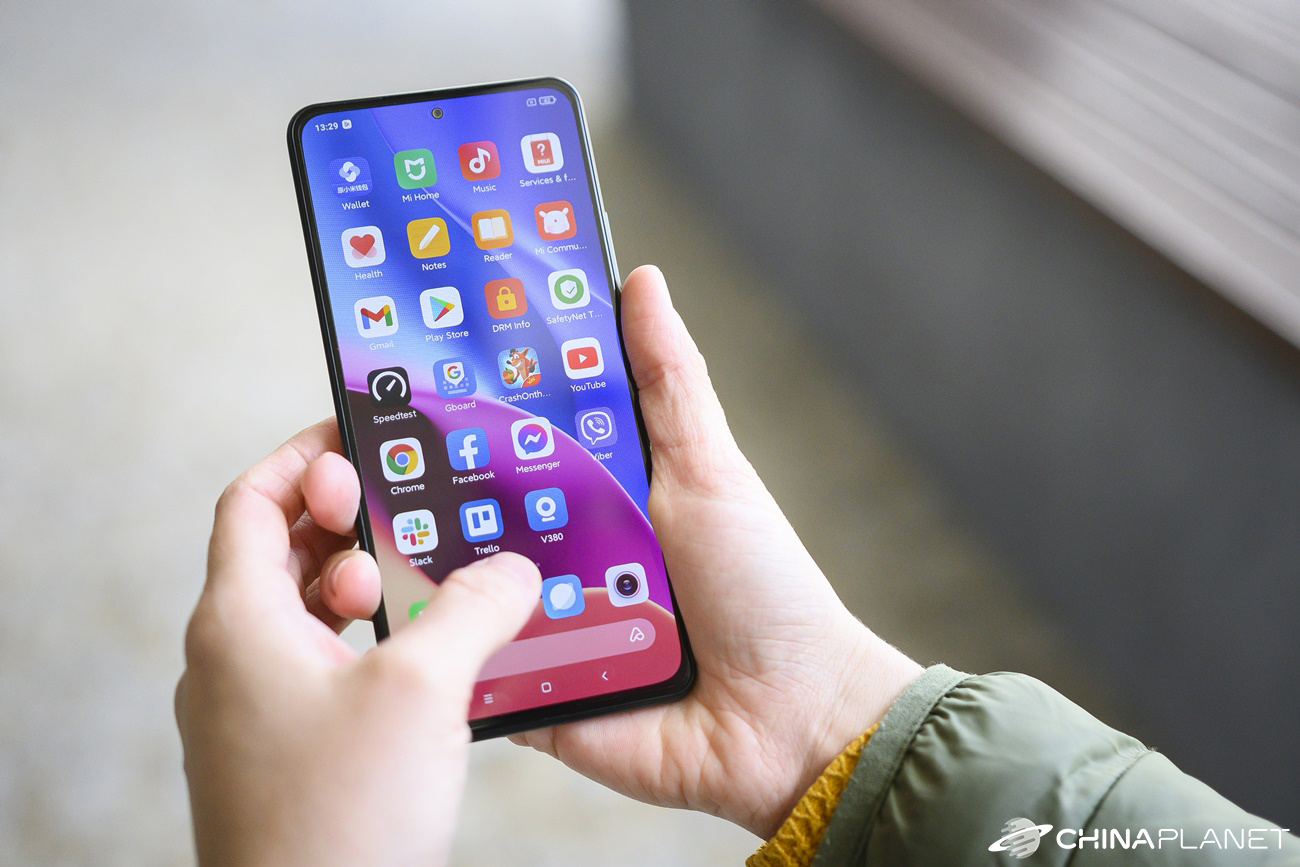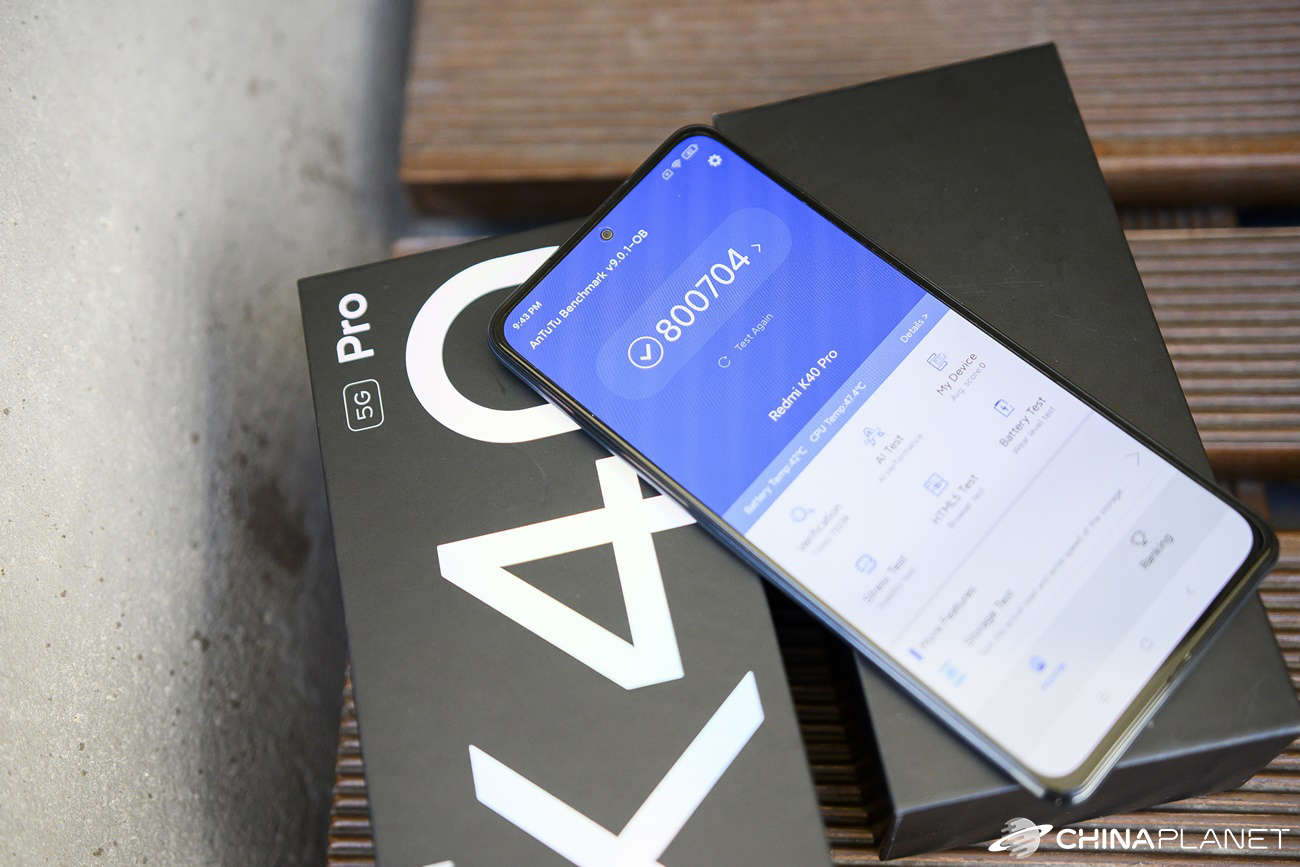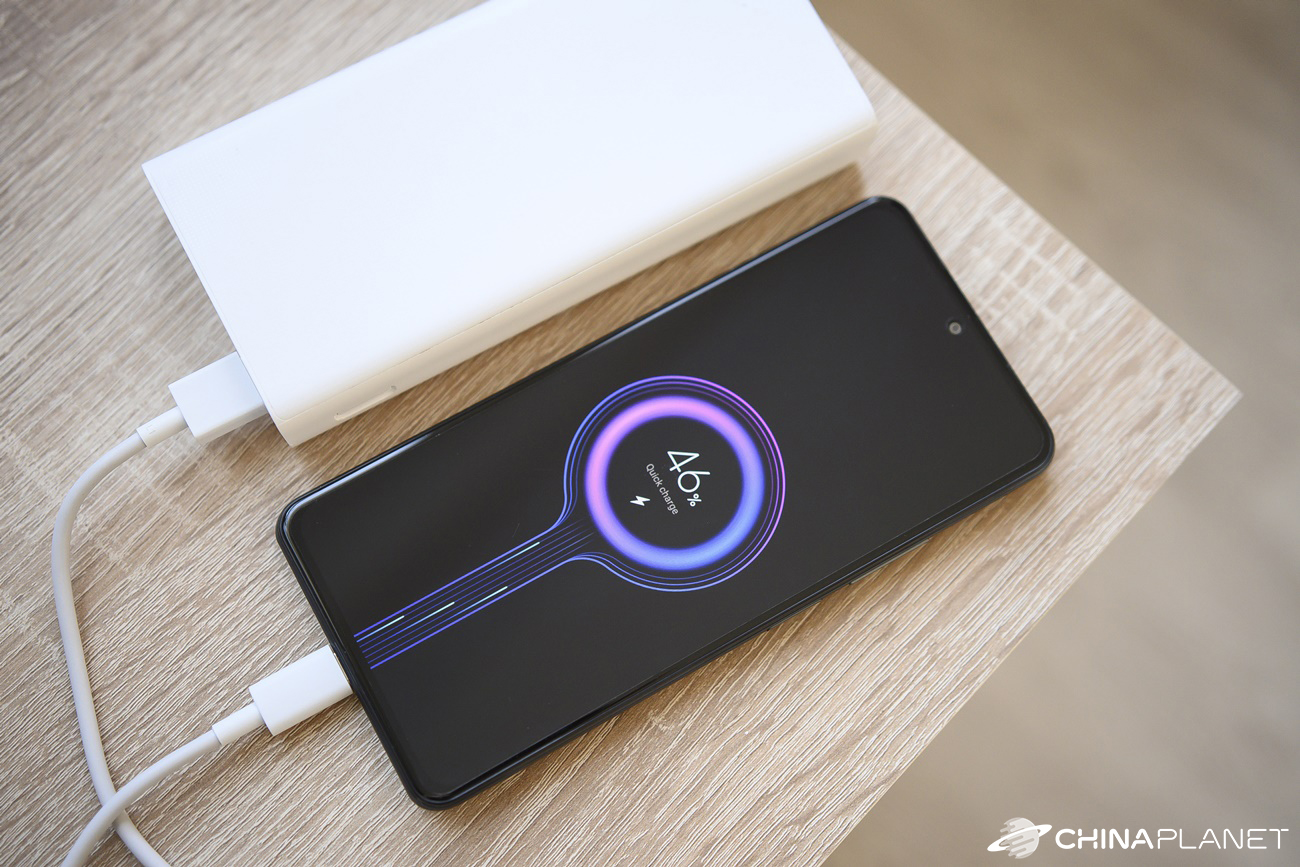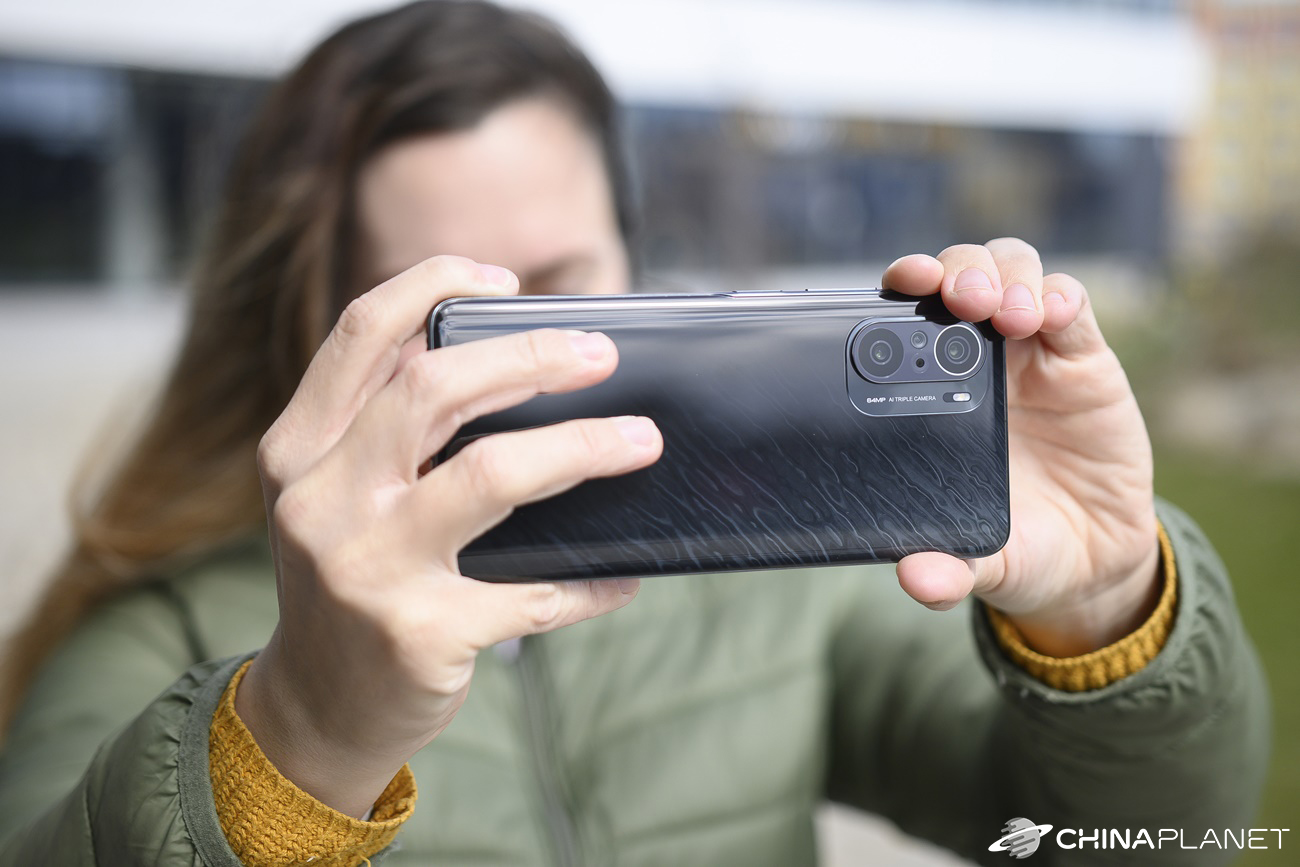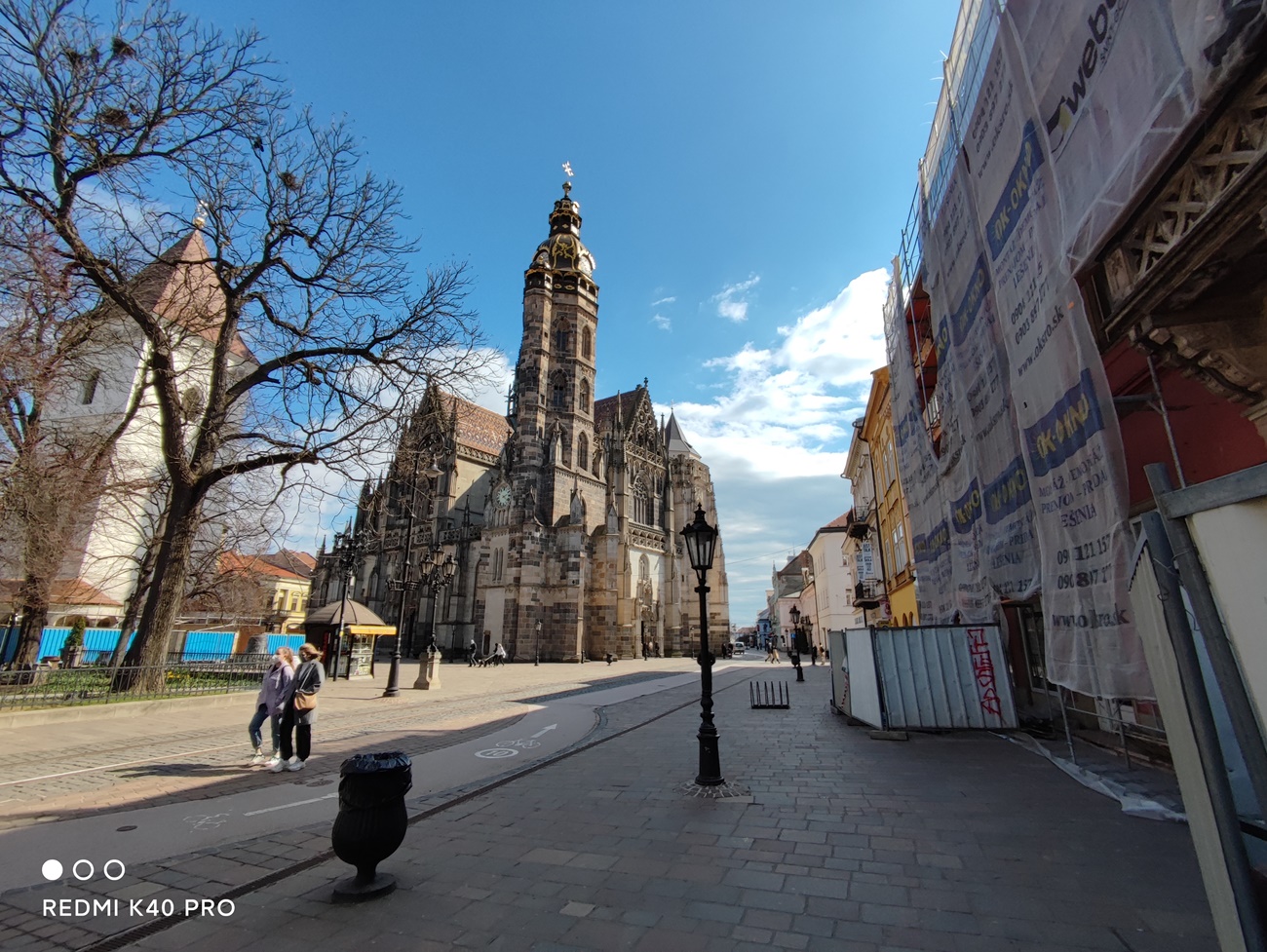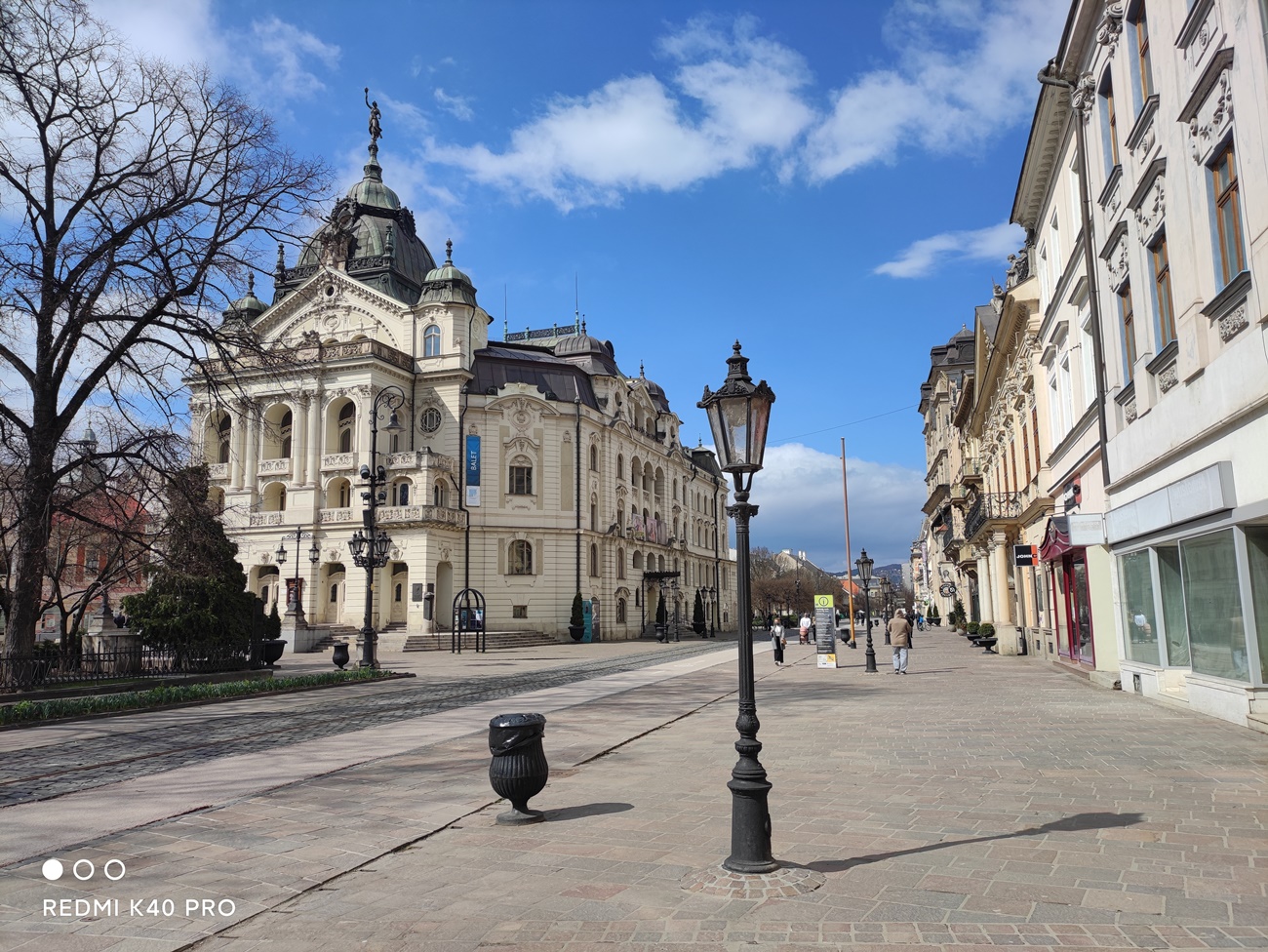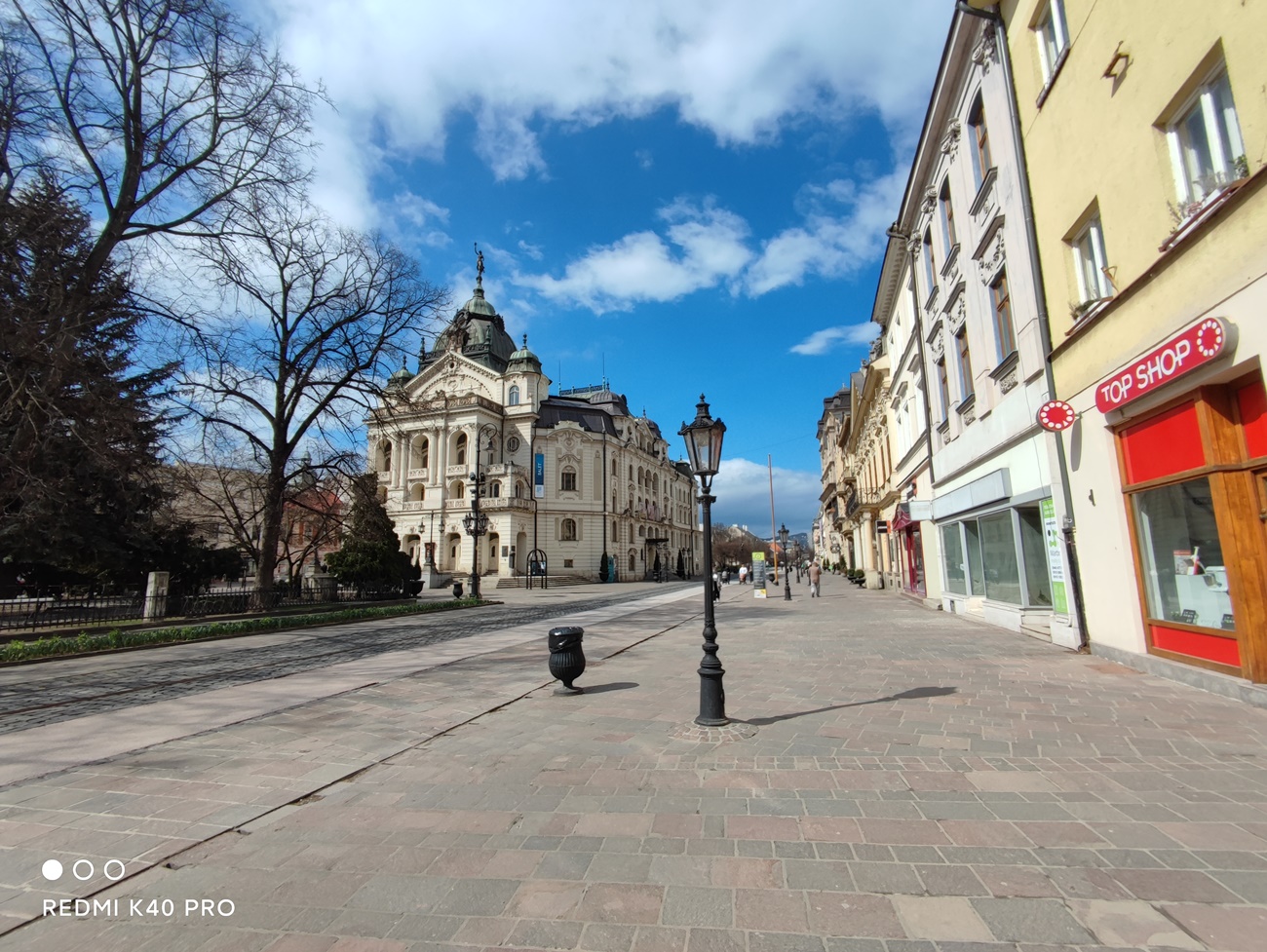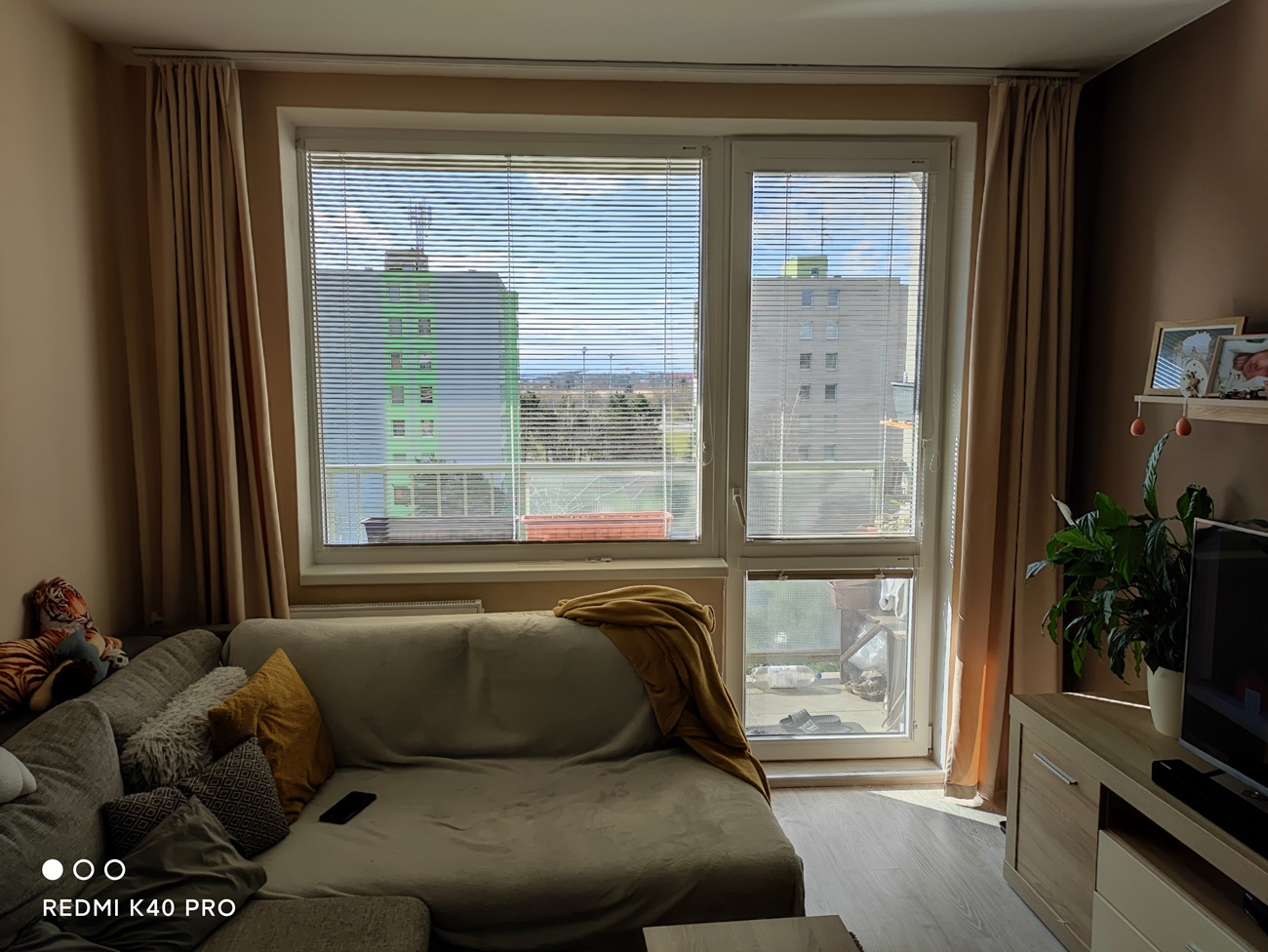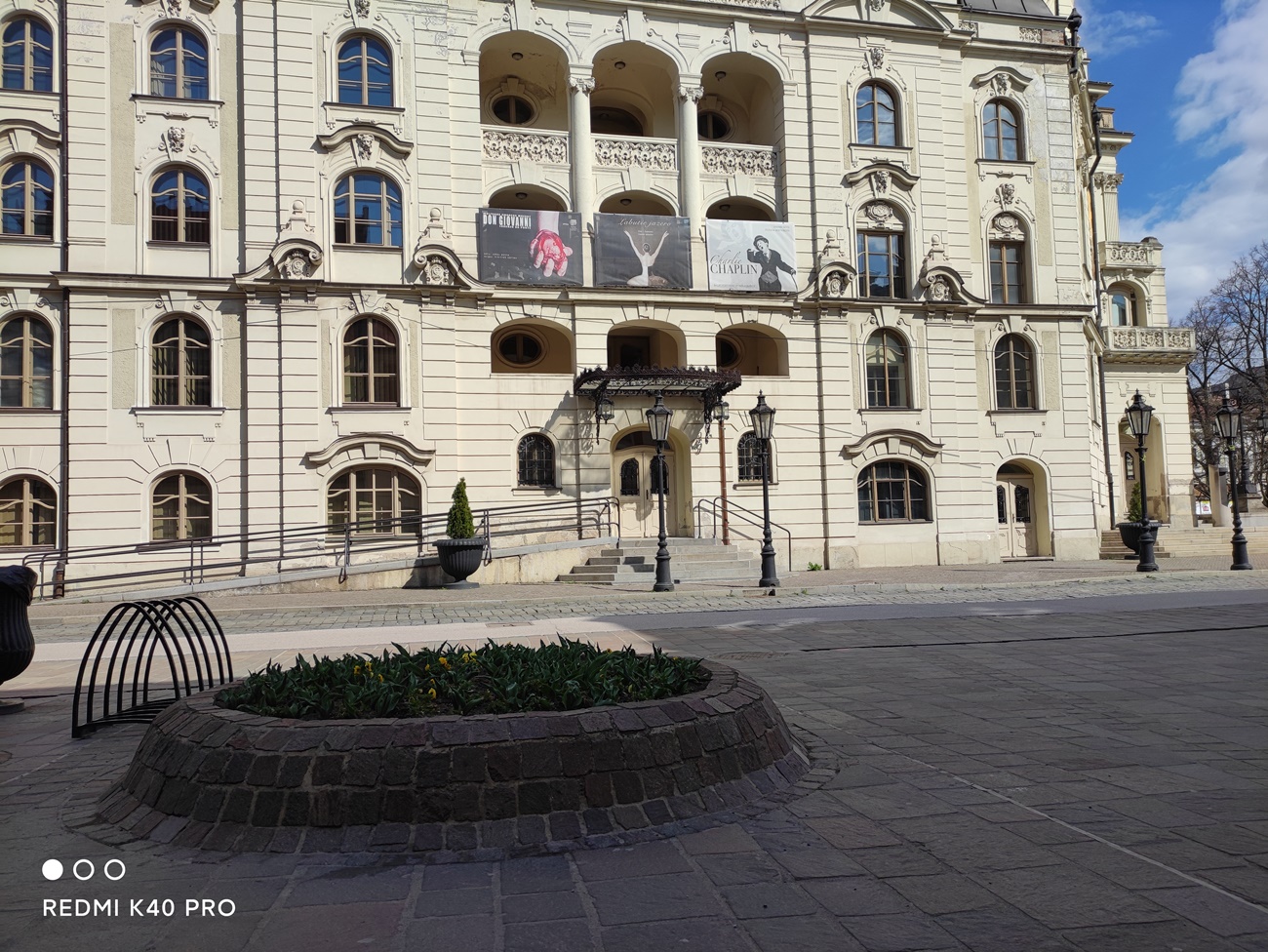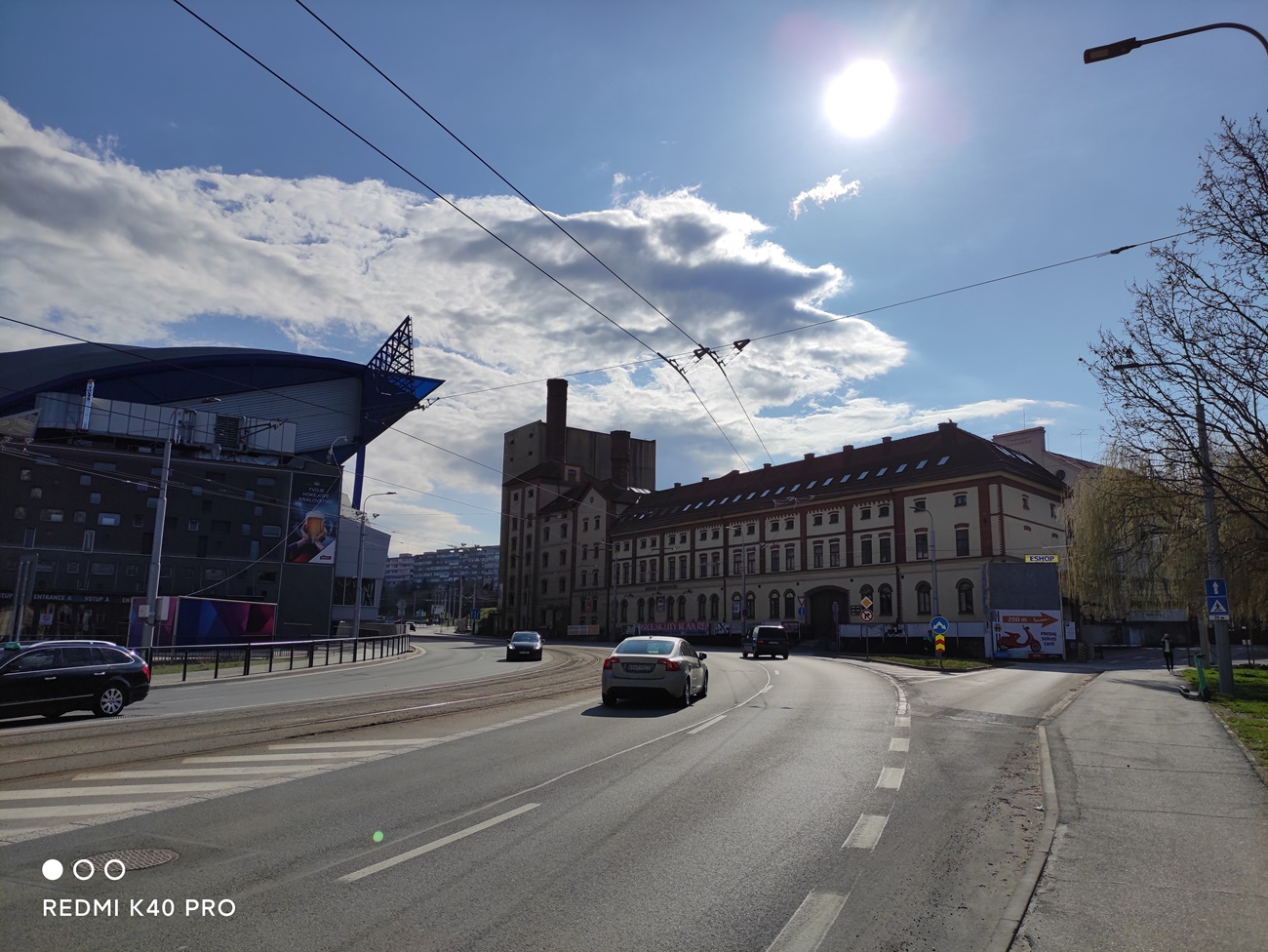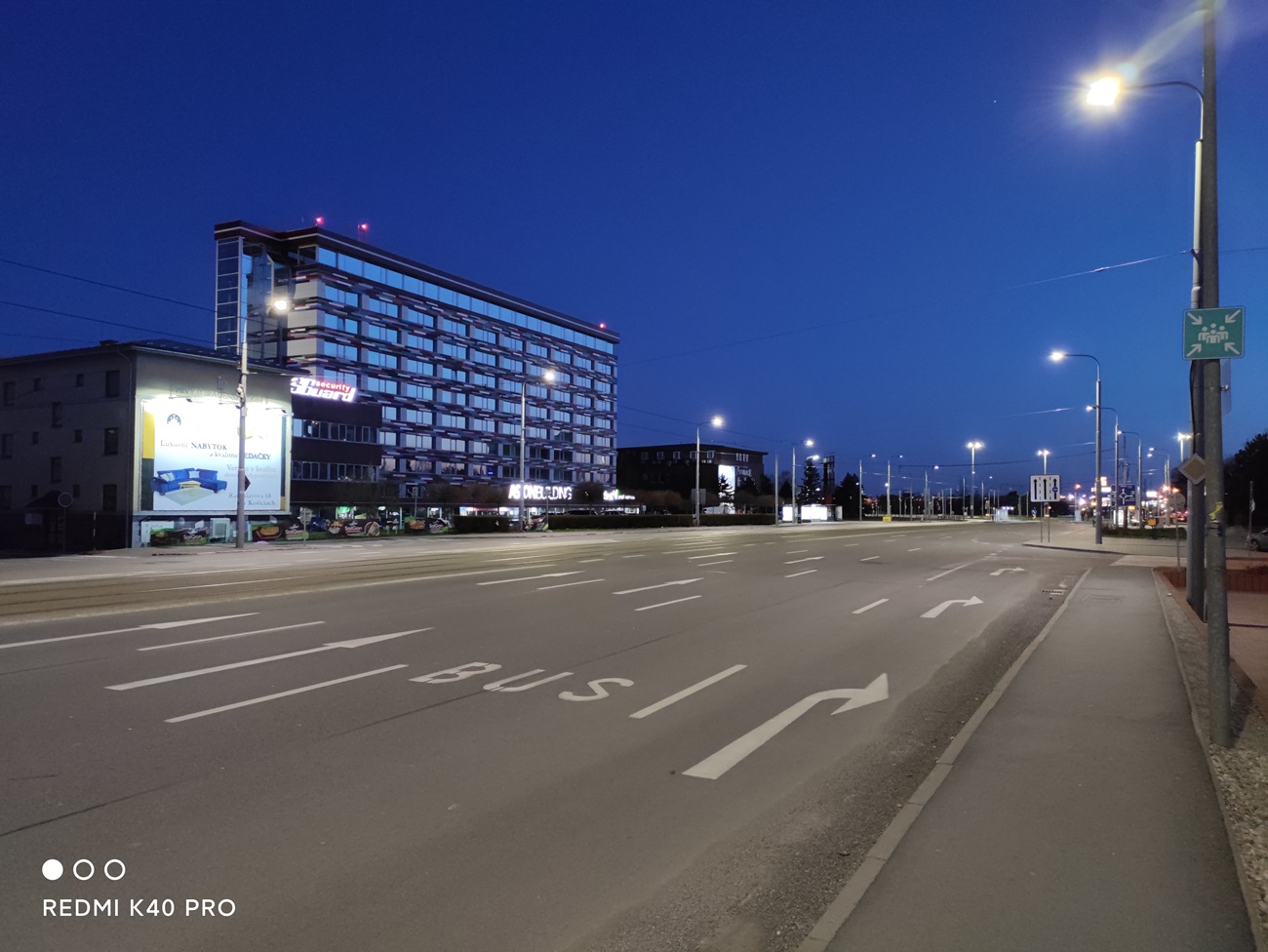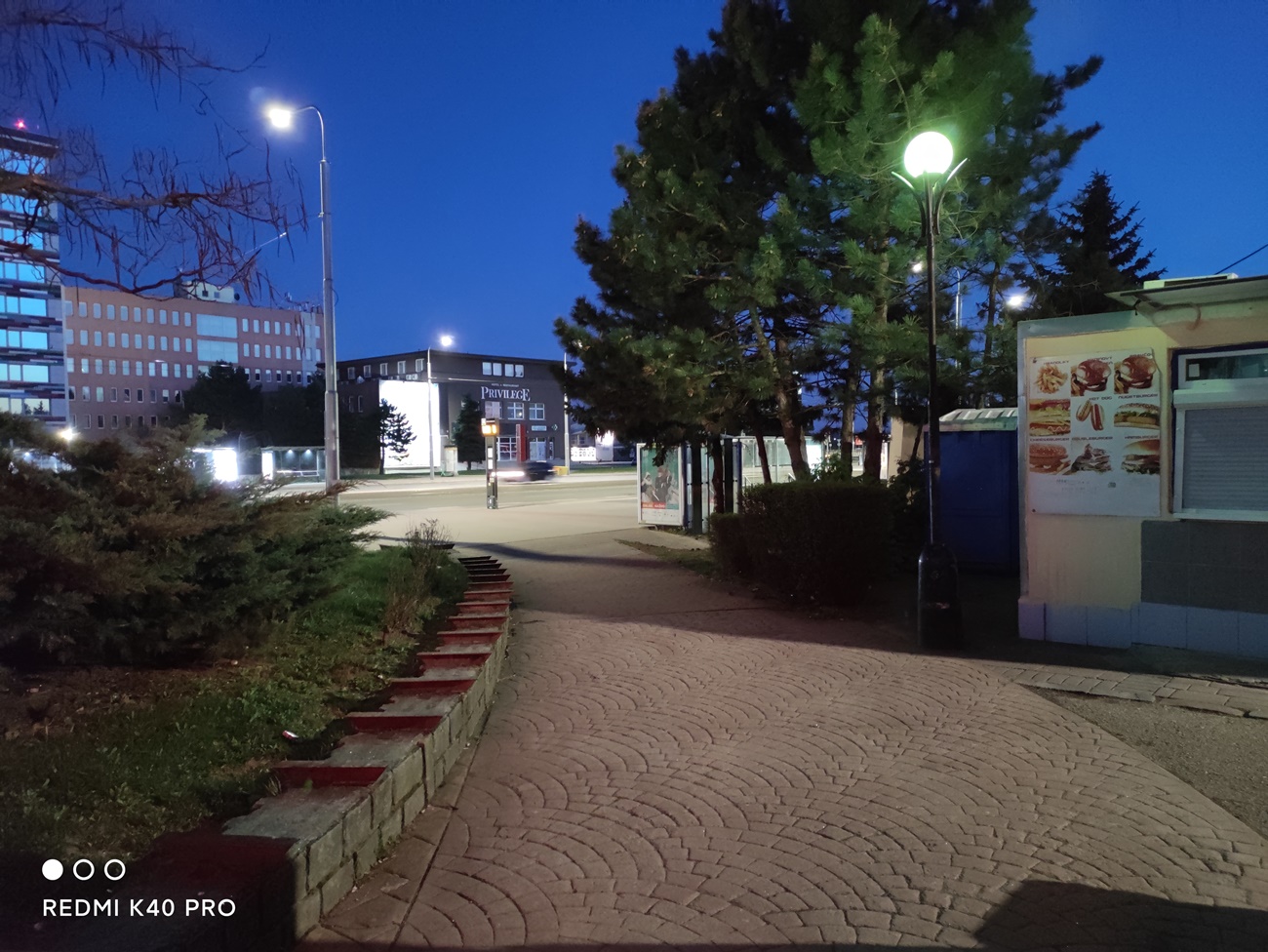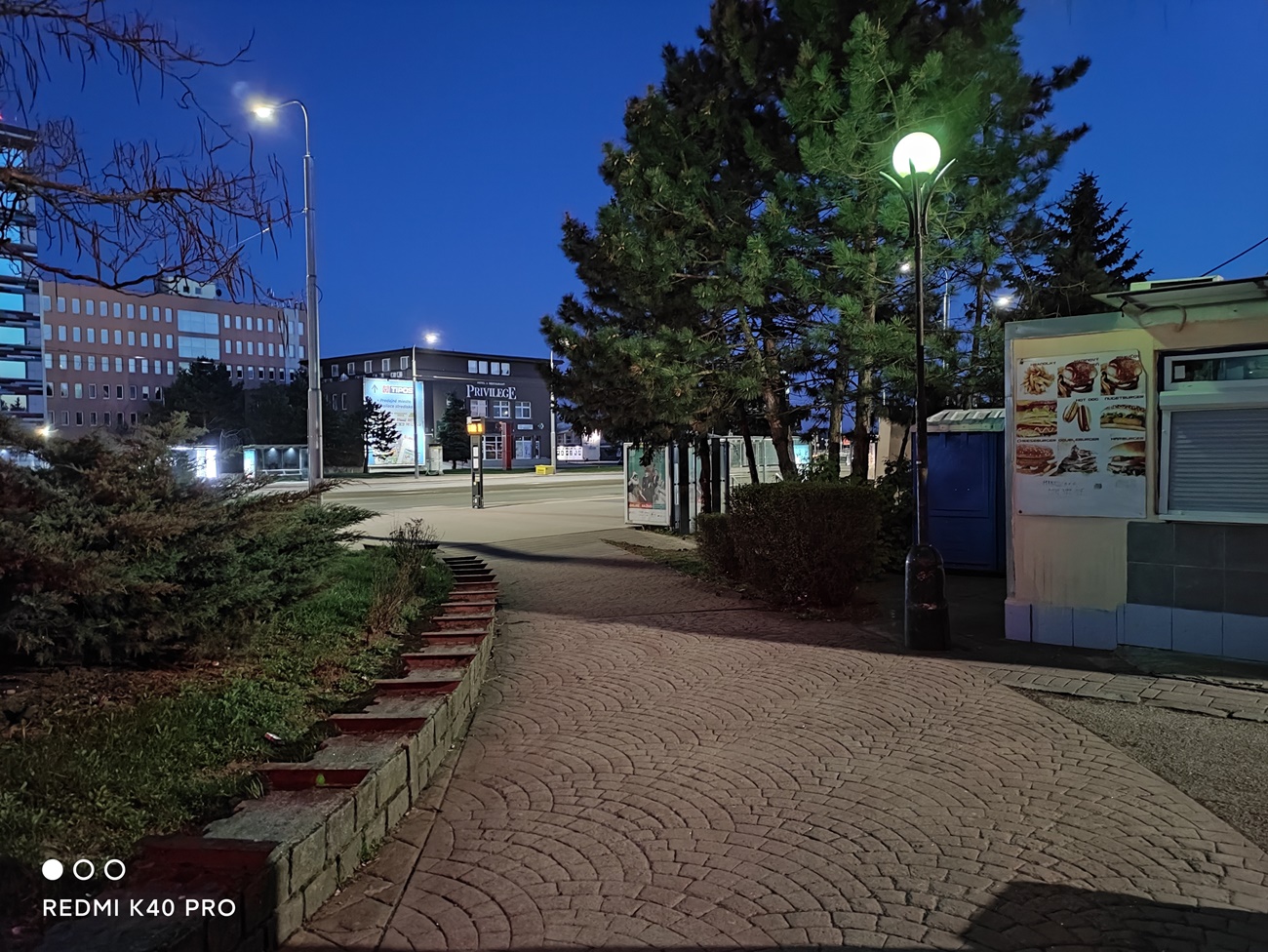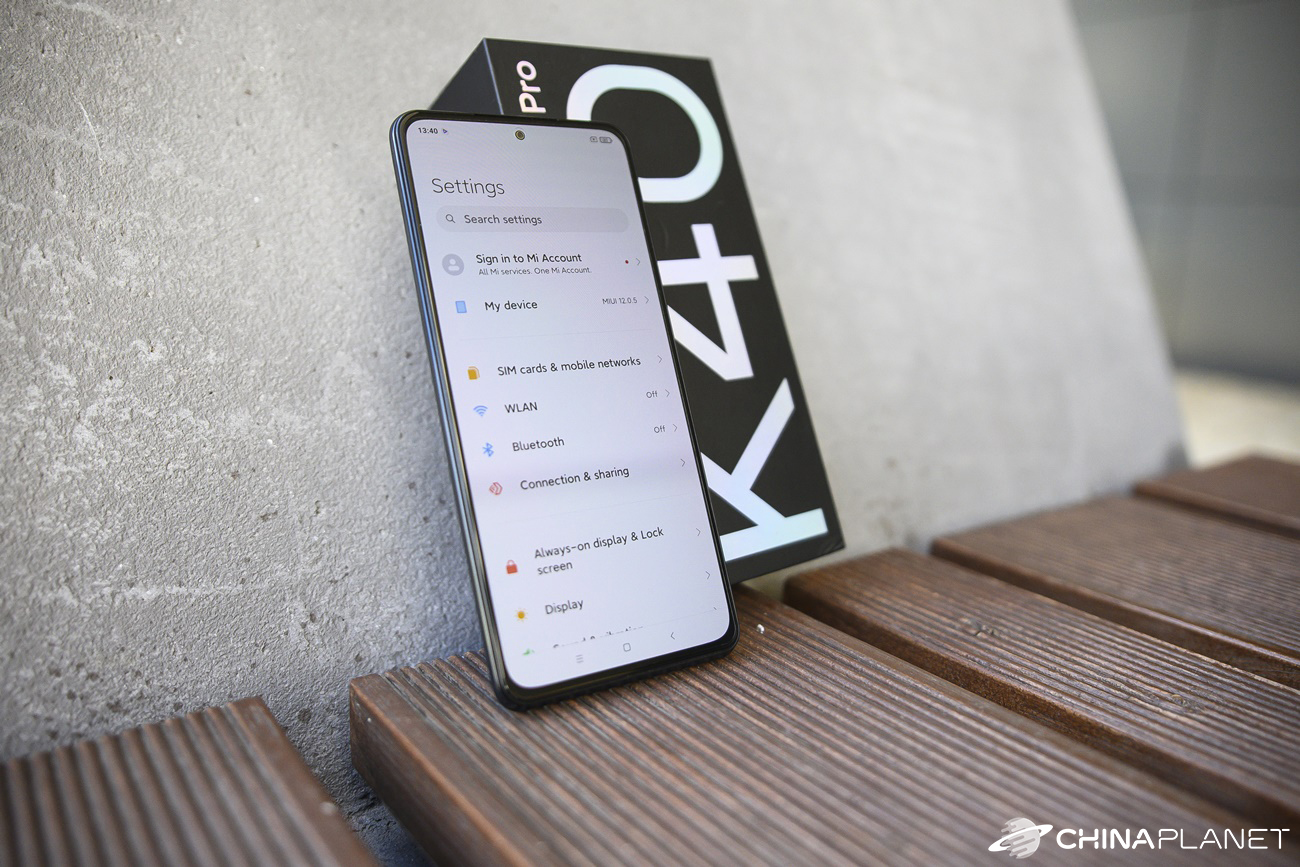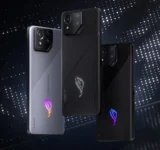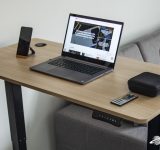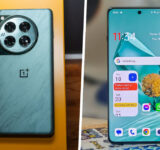If you read our website regularly, you will definitely notice the introduction of the Redmi K40 Pro model. This is the flagship model of the Redmi brand, which has not yet been introduced to the global market. Many expected it to come as the Poco F3 Pro, but the Poco brand introduced only the X3 Pro and F3 models during its event.
But we did not hesitate, and as soon as possible we ordered this smartphone from China. We bring you such an exclusive review.
Where did we buy the Redmi K40 Pro?
We bought the Redmi K40 Pro in the same way as the Mi 11 model from the international dealer TradingShenzhen. He was the first to offer the opportunity to order this smartphone with free delivery. We tested the order from this e-shop with the Mi 11 model, so we knew what we were getting into. We have brought you more detailed information about our experience with the order in a separate article.
Although it is the Chinese version, we find support for all networks here, including Europe. Our 800 MHz B20 LTE band is also not missing, which is why this smartphone is fully usable in our conditions, despite the Chinese version. Personally, we really like this trend, as we have the opportunity to get to interesting smartphone models even before they are introduced to the global market.
Similar to Mi 11, it is possible to install a modified ROM here, for example from the Miuios.cz community. This would give us full support for the Slovak and Czech languages. Although installing a modified ROM is not for everyone, there are several tutorials available to help you.
The global version of this smartphone, or the best model Redmi K40 Pro + with a 108 MPx camera, has already reached the market. In Europe, this smartphone will be sold under the name Xiaomi Mi 11i. However, Xiaomi has set a higher price for Europe than we would expect. The smartphone will start selling for € 649, so it's a good idea to consider going to the Chinese version, which won't be limited by anything after reinstalling the system.
Package also with charger
The packaging itself from the TradingShenzhen e-shop is at a very high level. The smartphone box was placed in a protective air envelope and then in another box. As this is the Chinese version, we also received an EU reduction and even a reduction from USB-C to USB, which pleased us.
TradingShenzhen also includes a discount code for the next purchase worth 5 € and a kind of certificate that the smartphone was tested before shipping and that the Google Play store was installed on it. This service is also one of the pleasant positives offered by the Chinese e-shop for its customers.
But let's focus specifically on the smartphone. It comes in a black box with a large, silver K40 inscription. The packaging is classic, which we are used to with smartphones from Xiaomi. There is a charger, a charging cable, a smartphone and a translucent, silicone case.
It also has a cover for the USB-C port, which protects this port from dust, but is quite impractical. The connection of the charger is quite complicated due to the cover, and after disconnecting it, it sticks out again and becomes unnecessarily misleading. The advantage of the case is that it protects the rear cameras, which do not protrude from it, as is the case with the Xiaomi Mi 10T.
The packaging does not bring any surprises or anything unconventional, but we will find everything here according to our expectations.
Interesting design
The design of the Redmi K40 Pro smartphone deserves a separate chapter. Several color variants are available - black, blue and white. We chose black. It is this color that offers an interesting texture under the surface of the back cover, which resembles the pattern of damask steel from which they are made, for example. damask knives from Xiaomi.
The cover is plastic, glossy, without any surface texture and has traditionally captured fingerprints. However, the damask pattern is a very interesting and unconventional design enrichment.
On the back there is a module of three cameras with a flash, a rear microphone and the Redmi logo at the bottom. The top edge contains only speakers and sensors, the left side is traditionally blank and the right side has a fingerprint reader and volume control.
The lower part was equipped with another speaker, a USB-C port, a microphone and a slot for two SIM cards. It is double-sided, which makes it very compact in size.
First-class AMOLED display
Recently, more emphasis has begun to be placed on quality displays. Redmi K40 Pro is no exception. It comes with the E4 AMOLED display from Samsung, which is currently one of the best on the market. In a renowned test from DisplayMate, he achieved an A + rating. A very similar display can be found in the Xiaomi Mi 11 smartphone, which we were also excited about.
The Redmi K40 Pro has a display with a diagonal of 6.67 ″ and a resolution of 2400 x 1080 px. Its refresh rate is an excellent value of 120 Hz and the sampling frequency, which indicates the response to touch, reaches up to 360 Hz.
The display also has a high contrast of 5: 000, HDR000 + support and a maximum brightness of up to 1 rivets. There is no doubt that this is truly a top-notch display. A great advantage for many users is the use of a flat panel display without any curved edges, which eliminates unwanted glare.
The display is protected by 5th generation Gorilla Glass and a protective foil adhered to the factory. The cutout for the front camera is located in the center of this model. Although we are more comfortable with the location on the edge, where the cutout disappears more with a notification bar, this time it is relatively small. Xiaomi states that in Redmi K40 Pro we find one of the smallest so-called hole-punch cutouts for the camera at all.
We are extremely satisfied with the display and at first sight we fell in love with it. On such a display, it is literally a pleasure to work or watch videos or even play games. Ordinary scrolling on Facebook is extremely smooth, and the difference compared to displays with a weaker refresh rate is known at first glance as well as complete. If you try a phone with such a display, you won't want another one.
Great performance
Great performance is currently provided by the most powerful processor for Android, Qualcomm Snapdragon 888 with 5G support. It is made with 5 nm technology and offers a frequency of 2.84 GHz. As this is the best on the market, there is no risk of lack of performance.
In our case, the powerful processor is followed by 8 GB of LPDDR5 RAM and fast UFS 3.1 storage with a capacity of 128 GB. Versions with 6 and 12 GB RAM or 256 GB storage are also available. You definitely don't have to worry about a lack of performance. The smartphone can also handle the latest mobile games at a satisfactory level.
We achieved a score of 800 704 in the AnTuT benchmark, but at the time of writing the review, the smartphone ranking was not available, as a new version of the AnTuT 9 was released.
A slight negative when playing games is the relatively significant overheating in the back around the camera and under it. Compared to the Mi 11, most of the back of the smartphone overheats at high loads.
Battery - charging and endurance
In the Redmi K40 Pro we find a 4520 mAh battery with support for fast, 33 W charging. The package also includes an appropriate charger with a maximum output of 3A and a cable length of 1 m. In some smartphones we also find larger batteries, but most of the time our smartphone lasted all day.
We charged the phone with the included charger from 19 to 100% for about 47 minutes. The great thing is that we got from 19 to 50% in just 13 minutes, to 75% in 26 minutes and to 90% in 35 minutes of charging.
The 64 MPx Sony camera is doing well
The rear module contains three cameras, a microphone and an LED flash.
- Main camera - 64 MPx, aperture f / 1.89, CMOS sensor Sony IMX686 Exmor RS size 1 / 1.7 ″
- Ultra-wide - 8 MPx, aperture f / 2.21, 1 / 2.8 ″ CMOS BSI sensor Sony IMX355
- Macro lens - 5 MPx, aperture f / 2.4, 1/5 ″ ISOCELL sensor - Samsung S5K5E9 (same as in Mi 11)
The front camera in the display has 20 MPx and it is a CMOS sensor Samsung S5K3T2 with a size of 1 / 3.4 ″ and an aperture of f / 2.45. As with the Mi 11, the telephoto lens is missing.
As for video, the smartphone can shoot at up to 8K resolution at 30 fps, but image stabilization is only available up to 4K and, similar to Mi 11, you can see a slight blur in the video during shots that are stabilized. 4K and Full HD resolution supports 30 but also 60 fps. We can shoot slow motion video in 1080p or 720p resolution at 120, 240 or up to 960 fps.
Here we also find interesting functions such as time-lapse, dual video (when the image is divided in half and the front and rear cameras capture the video at the same time), vlog and various video effects such as magic zoom, slow shutter, time freeze and similar.
However, the location of these video effects in the camera application menu is special, as they are not under the video options but under other camera options, where we can also find night mode, switch to 64 MPx or panorama.
How to take a photo of Redmi K40 Pro?
Ordinary photos taken with the main rear camera have a resolution of 4624 x 3472 px and are very nice in good lighting. The photos are sharp, the details are nicely visible and the color design is pleasant, without over-saturated shades that would look unnatural. Below you can see some sample photos from a normal sunny day.
Another example is the comparison between the main camera and the ultra-wide angle. As you can see, in ultra-wide angle, the colors are a bit warmer and the sharpness of the photo is slightly lost. But the result is very decent.
We tested those toonamirange and we were interested in how the smartphone copes with significant differences in light. We tried to take a photo facing the window, which is quite a difficult discipline, and also from a dark underpass towards the sunny square.
The smartphone passed the tests from the dark underpass. The photo from the interior opposite the window is quite dark and some parts are significantly underexposed and merge almost black.
We also tried to photograph the building against the sun and the sunlit building from the shadows. The smartphone eliminated direct sunlight very nicely and we didn't have any unwanted extra sunlight in the photos. The Redmi K40 Pro also performed quite well in these tests.
As for the night regime, it helps a lot in the dark. You can see significantly more detail in photos using night mode, they are sharper and suppress brightly lit billboards and street lights much better. In the first pair of photos, notice the main road and the advertising billboard on the left.
In the second series of photos, you can also see the differences nicely, especially if you focus on an illuminated advertisement on a more distant building, which is completely burnt out without night mode and you can't see what's in there at all.
The weaker side of the camera is manifested especially in the interior in low light artificial lighting, when the smartphone sometimes had trouble focusing and photos lose sharpness. See especially when taking pictures of people.
Let's take a look at a photo with a maximum resolution of 64 MPx. It is full of details and even after a significant approach is still usable. You can find all the photos from the article, as well as a few in addition, in full resolution on our Google Drive.
Dolby Atmos stereo speakers and wireless connectivity
The Redmi K40 Pro received stereo speakers from Harman Kardon with Dolby Atmos technology. They are traditionally located on the bottom and top of the smartphone. However, the sound of them is not very premium and the bass component is missing, similarly to the Mi 11.
You can look forward to wireless technologies supporting the latest WiFi 6 standard, Bluetooth version 5.2, dual-band A-GPS, GLONASS, BDS, GALILEO, QZSS and NavIC. There is also NFC and an infrared port. However, the FM radio is missing.
In short about MIUI and the Chinese version
In Redmi K40 Pro we tried MIUI 12 again with Android 11 in Chinese ROM. It contains English, so it is fully usable for us as well. For more convenient use, it is necessary to turn off notifications from unnecessary applications that are only in Chinese, such as Mi Video or Mi Community. Of course, as we mentioned in the introduction, there is also a localized ROM from Miuios.cz.
However, we did not have any major problems with the Chinese ROM, and it can also be used without any problems. Problems were only caused by notifications from the Viber application, which we were not able to connect even after adjusting various settings. However, we are also seeing this problem on some other smartphones in the global version.
Final evaluation
The Redmi K40 Pro is a very interesting smartphone. At the time of writing this review, it is only available in the Chinese version for €457, which is 100 € less compared to the Mi 11 model (also in the Chinese version). It has a flagship processor, decent cameras, a gorgeous display of premium quality and a fast fingerprint reader on the side.
Compared to the Mi 11 model, it does not have a curved display, it does not support up to 55 W charging, it does not have up to a 108 MPx camera, but there are no significant differences. If we take into account the price difference, the Redmi K40 Pro is currently a better choice for us than the Mi 11. The K40 Pro is slightly thinner, has almost the same battery, the same processor, graphics chip and RAM, fast UFS 3.1 storage and even surpassed AnTuT We 11.


